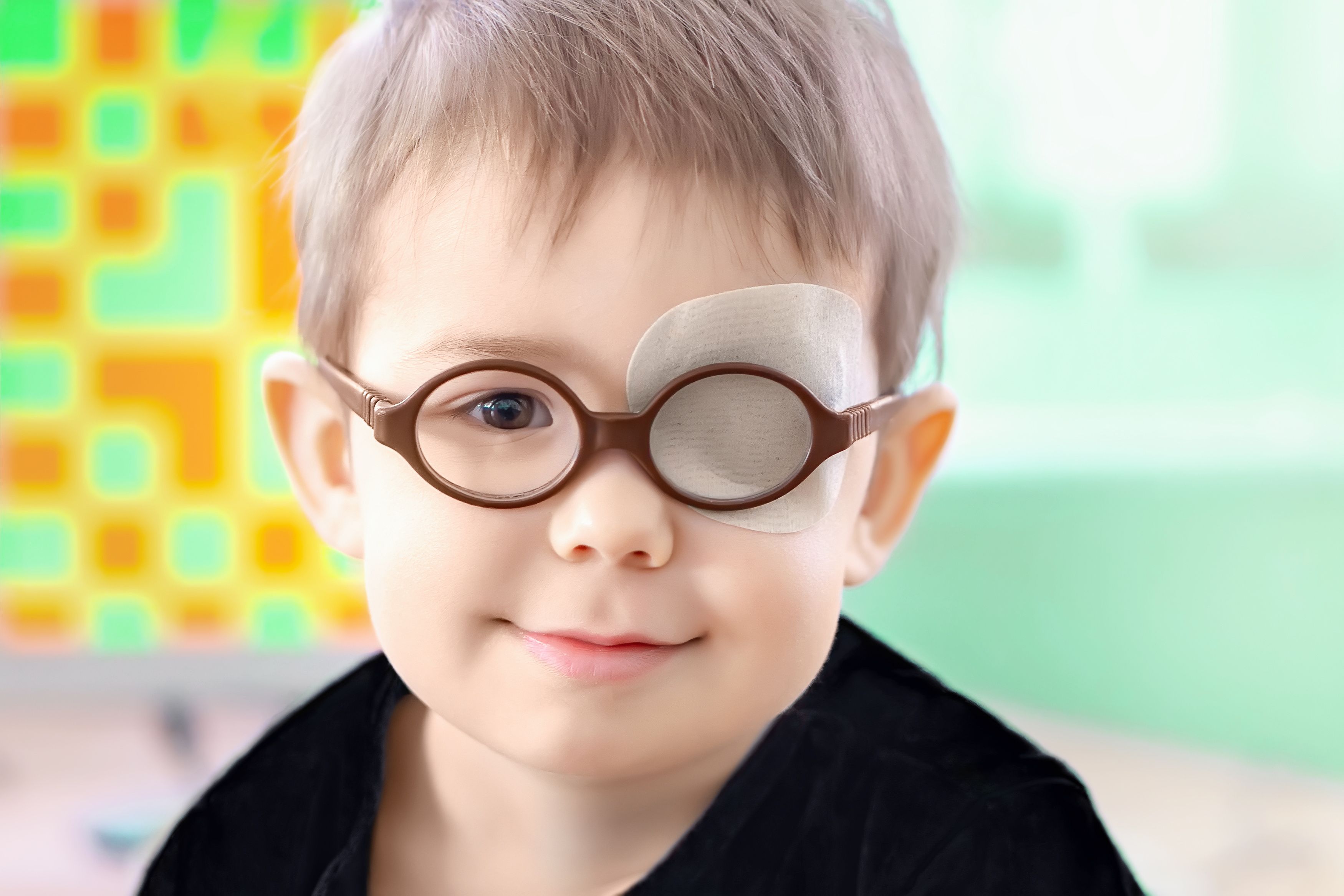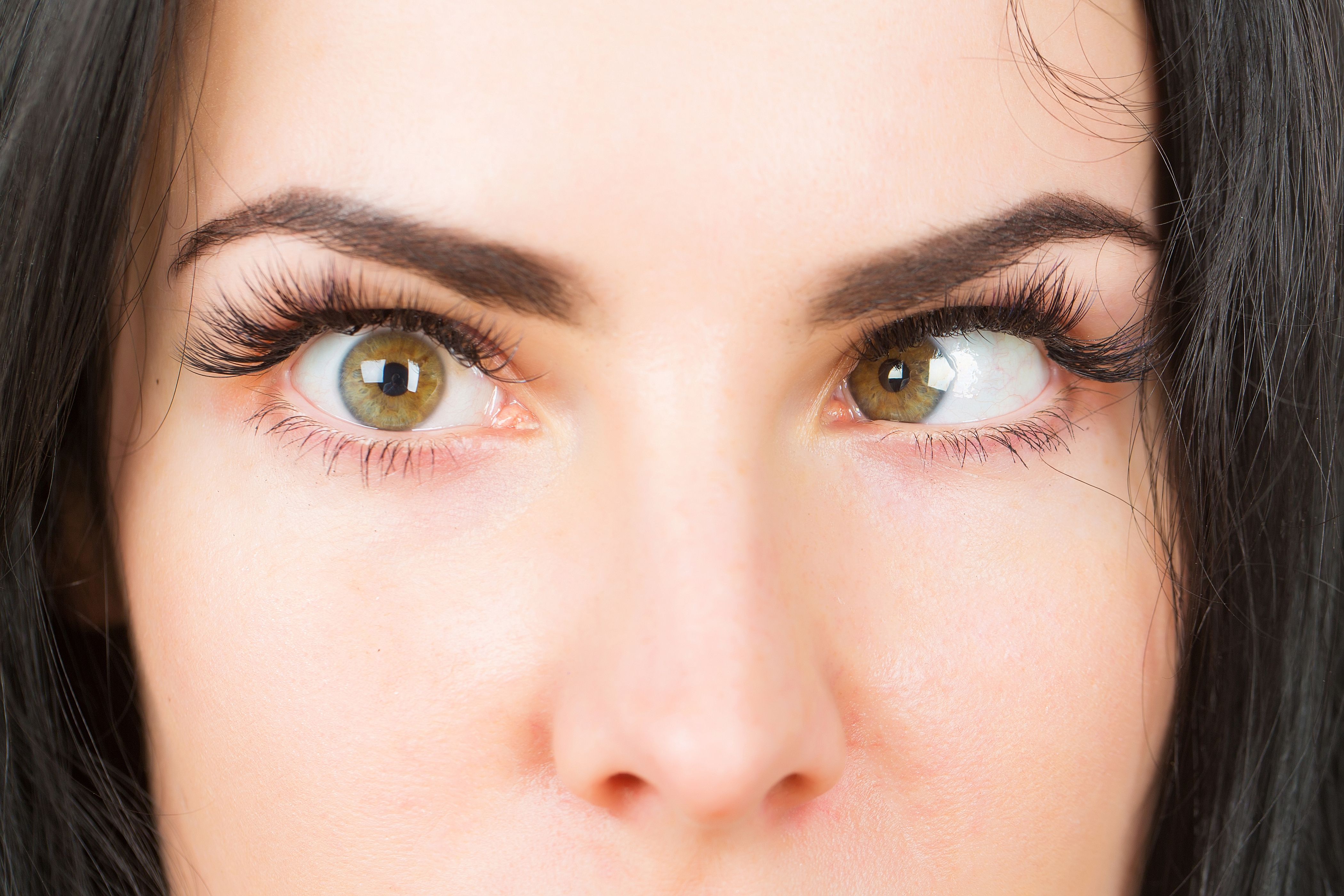
Ophthalmology
Latest News
Latest Videos

CME Content
More News

A real-world safety study found that patients treated with brolucizumab had low occurrences of intraocular inflammation, retinal vascular occlusion, and retinal vasculitis.
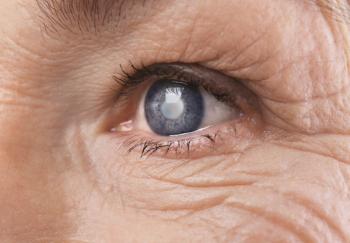
Polygenic risk score was found to be associated with a higher risk of primary open angle glaucoma (POAG) in patients with ocular hypertension.
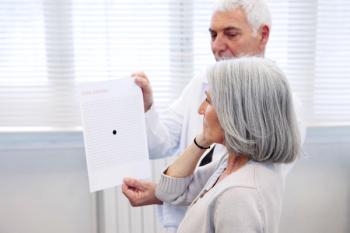
A review found that global retinal sensitivity changes in mesopic and scotopic lighting were significant in age-related macular degeneration (AMD).

A deep learning model may be able to outperform ophthalmologists in predicting neovascular age-related macular degeneration (nAMD) recurrence.

Outcomes for patients with diabetic macular edema did not have treatment with intravitreal dexamethasone implants affected by their glycosylated hemoglobin.

Glaucoma specialists were outperformed by a large language model chatbot when it came to diagnostic and treatment accuracy in glaucoma cases.

Esotropia and exotropia could have shared genetic risk factors based on findings that genetif duplications on chromosomes were risk factors for the diseases.

Although corticosteroids were found to immediately improve best-corrected visual acuity and central macular thickness, anti–vascular endothelial growth factor (anti-VEGF) therapies had significant long-term advantages when treating diabetic macular edema.

CMS released the proposed 2025 Advance Notice for the Medicare Advantage (MA) and Medicare Part D Prescription Drug Programs; there have been 561 deaths related to the use of Philips’ recalled ventilators and machines for treating obstructive sleep apnea since 2021; the FDA warned the public against copycat eye drops due to infection risk.
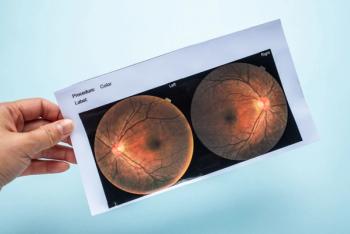
Children and adolescents were at higher risk for myopic maculopathy progression if they had worse best-corrected visual acuity and longer axial length, among other risk factors.
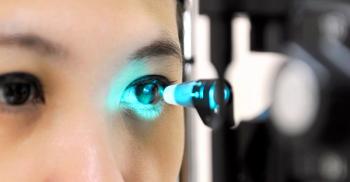
Endoscopic cyclophotocoagulation had better effect at early stages and ultrasound cycloplasty had higher safety and tolerance when treating intraocular pressure (IOP) in patients with secondary glaucoma.

Amrish Selvam is a fourth-year medical student at the University of Pittsburgh whose research and career interests lay in ophthalmology and who volunteers with the UPMC Vision Institute’s mobile eye clinic, the eyeVan.

Patients who had cataracts, age-related macular degeneration, and/or glaucoma were at an increased risk of falling and sustaining fractures.

The top coverage from this year’s Academy of Managed Care Pharmacy (AMCP) 2023 conference includes interviews on managed care policy, ophthalmic drugs, and formulary management, as well as health plan best practices.
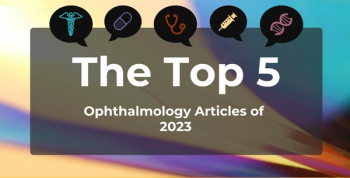
The top read ophthalmology articles of 2023 included news on FDA approvals and the link between smoking and ocular symptoms, including age-related macular degeneration.
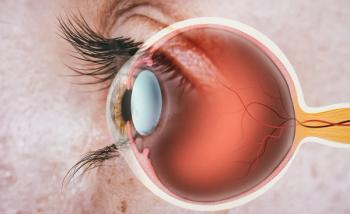
Areas where fireworks were legal had slightly higher odds of firework-related ocular trauma in their residents.
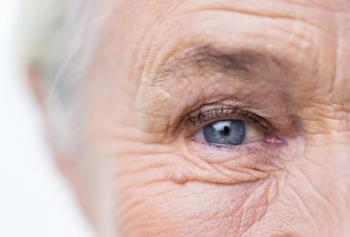
Patients with age-related macular degeneration (AMD) who were not responsive to anti–vascular endothelial growth factor agents were able to increase their fluid-free intervals with faricimab.

Patients receiving uncomplicated phacoemulsification surgery for cataracts had greater increases in macular and choroidal thickness if they had early diabetic retinopathy without preoperative diabetic macular edema.

Children who took short-term topical atropine eye drops, 0.01% to 1.0%, had no difference in final refractive errors 10 to 20 years after treatment.

Patients with diabetic macular edema could be treated with brolucizumab with as much effectiveness as aflibercept.

Patients with retinal vein occlusion-related macular edema had a higher likelihood of blindness and low vision if they had low best-corrected visual acuity after 1 month of intravitreal treatment.

Male adolescent and young adult patients were found to have an increased risk of keratoconus if they had attention-deficit/hyperactivity disorder (ADHD), regardless of confounders.
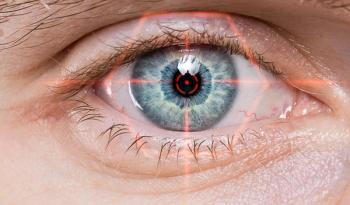
Both the retina as a whole and separate retinal layers had a reduction in retinal thickness after the use of anti-vascular endothelial growth factor (VEGF) treatments.
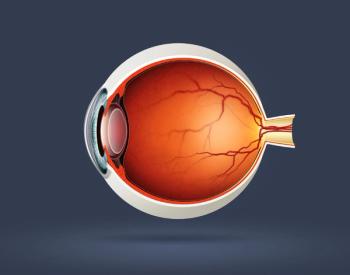
Intravitreal aflibercept was used in patients with retinal vein occlusion (RVO) which led to functional and anatomic improvements in the patients after treatment.

Medicare beneficiaries in California in 2019 had multiple causes of glaucoma and primary open-angle glaucoma, indicating a need to investigate undiagnosed glaucoma.


